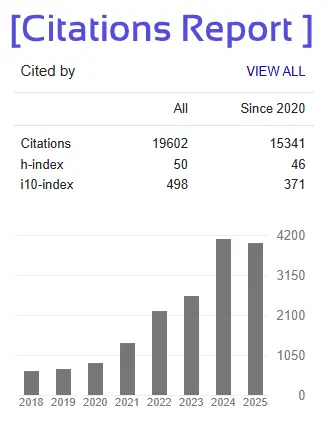“HR Initiatives in Breaking Down Cultural Barriers in Global Organizations”
SUBMITTED BY
Ms. Kolati Ramya Kolatiramya2001@gmail.com
Ms. Sharanya Vegulla sharanyavegulla@gmail.com
Mr. Bainagari Jithender jbainagari@gmail.com
Ms. Cherupally Bhargavi Cherupallybhargavi63@gmail.com
Master of Business Administration
ABSTRACT
In today's interconnected world, global organizations are increasingly diverse, with employees from different cultures and backgrounds working together. While this diversity brings numerous benefits, it can also create cultural barriers that hinder effective communication, collaboration, and productivity. To address these challenges, Human Resources (HR) departments play a crucial role in implementing initiatives that promote cultural understanding and inclusivity. One key HR initiative is fostering cultural awareness and sensitivity through training programs. These programs aim to educate employees about different cultural norms, values, and communication styles. By providing insights into various cultural perspectives, employees can develop a deeper understanding and appreciation for their colleagues' backgrounds. This, in turn, helps to minimize misunderstandings and conflicts arising from cultural differences. Another important HR initiative is the establishment of diversity and inclusion policies. These policies promote an inclusive work environment where all employees feel valued and respected, regardless of their cultural background. HR departments can implement strategies such as diverse hiring practices, mentorship programs, and affinity groups to ensure that employees from different cultures have equal opportunities for growth and advancement within the organization. HR can also facilitate cross-cultural collaboration by creating platforms for knowledge sharing and learning. For instance, they can organize cultural exchange programs, where employees from different regions or countries have the opportunity to work together on projects. These initiatives encourage employees to learn from one another, exchange ideas, and build stronger relationships, ultimately breaking down cultural barriers and fostering a sense of unity within the organization.







